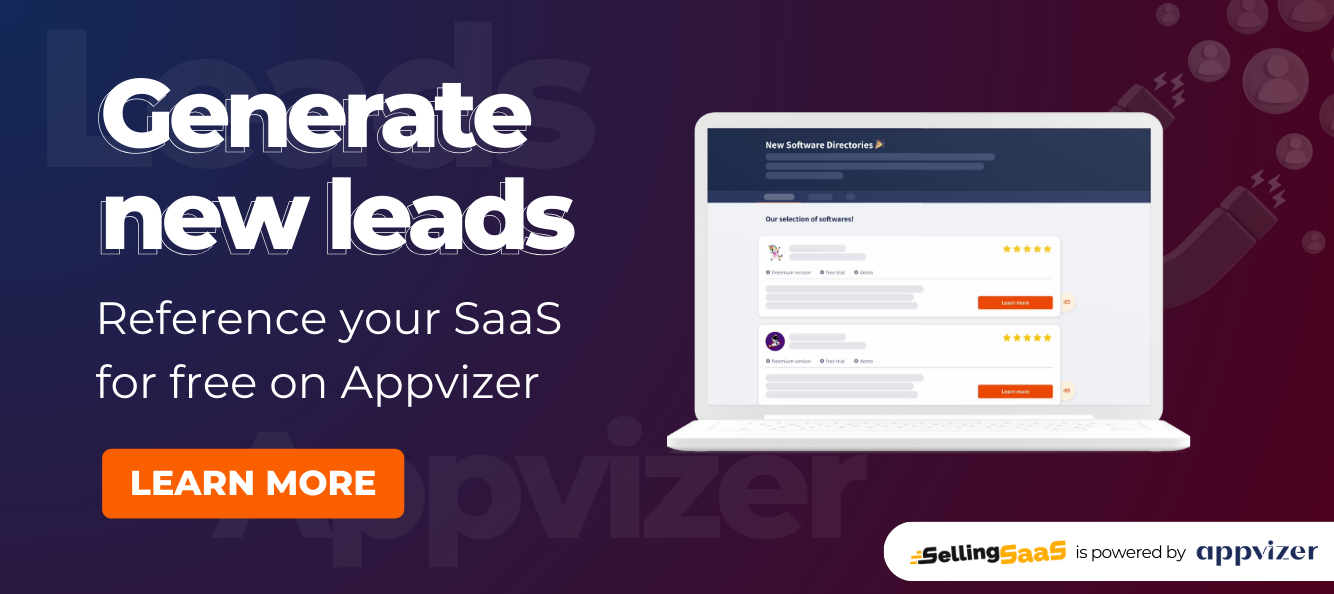Part 1: Introduction to Customer Success Metrics for SaaS
a. Understanding the Importance of Customer Success Metrics in SaaS
In the SaaS industry, where customer retention and satisfaction are pivotal, understanding and monitoring the right customer success metrics is crucial. These metrics provide insights into customer satisfaction, product value, and overall business health, guiding companies in making data-driven decisions.
b. The Role of Customer Success Metrics in Driving Business Success
Customer success metrics serve as a compass for SaaS companies, pointing towards areas needing improvement and strategies that are working. They help in identifying trends, predicting customer behavior, and understanding the impact of customer service initiatives on the overall business performance.
c. Key Customer Success Metrics to Measure and Track
Certain metrics are fundamental in the SaaS realm. These include Customer Retention Rate (CRR), Churn Rate, Net Revenue Retention (NRR), Customer Satisfaction Score (CSAT), Net Promoter Score (NPS), and First Contact Resolution (FCR). Each metric offers unique insights and, when combined, provides a comprehensive view of customer success.
Part 2: Essential Customer Success Metrics for SaaS Companies
a. Customer Retention Rate (CRR) and its Calculation
CRR is a critical metric indicating the percentage of customers a company retains over a specific period. The formula for CRR involves assessing the number of customers at the start and end of the period, excluding any new customers acquired.
b. Churn Rate and Churn Rate Calculation
Churn Rate, the antithesis of CRR, measures the percentage of customers who discontinue their subscription within a given time frame. It’s calculated by dividing the number of customers lost by the total number of customers at the start of the period.
c. Net Revenue Retention (NRR) and its Significance
NRR provides insights into the revenue retained from existing customers, factoring in upgrades, downgrades, and churn. A high NRR indicates strong customer satisfaction and product value.
d. Customer Satisfaction Score (CSAT) and its Measurement
CSAT measures customer satisfaction with a product or service. It’s typically gauged through surveys asking customers to rate their satisfaction on a scale.
e. Net Promoter Score (NPS) and its Application in SaaS
NPS assesses customer loyalty and propensity to recommend a product. Customers rate their likelihood of recommending the service, classifying them as Promoters, Passives, or Detractors.
f. First Contact Resolution (FCR) and its Impact on Customer Success
FCR tracks the percentage of customer queries or issues resolved in the first interaction. A high FCR indicates effective and efficient customer support.
Part 3: Advanced Customer Success Metrics for SaaS Companies
a. Customer Lifetime Value (CLTV) and its Calculation
CLTV estimates the total revenue a company can expect from a single customer account. It’s a projection of the net profit attributed to the entire future relationship with a customer.
b. Expansion Revenue and its Contribution to Growth
Expansion Revenue measures the additional revenue generated from existing customers through upsells, cross-sells, or upgrades. It’s a key indicator of customer growth and product stickiness.
c. Monthly Recurring Revenue (MRR) and its Importance
MRR tracks the predictable revenue a SaaS company expects to receive from its customers monthly. It’s essential for understanding business health and forecasting future growth.
d. Customer Acquisition Cost (CAC) and its Impact on Profitability
CAC calculates the total cost of acquiring a new customer, including marketing and sales expenses. It’s vital for assessing the efficiency of acquisition strategies and overall profitability.
e. Time to Value (TTV) and its Role in Ensuring Customer Success
TTV measures the time it takes for a customer to realize significant value from a product. Shorter TTVs typically lead to higher customer satisfaction and retention.
f. Customer Effort Score (CES) and its Measurement for Customer Experience
CES assesses the effort required by a customer to get an issue resolved, use a product, or achieve a desired outcome. Lower effort scores are associated with higher customer satisfaction.
Part 4: Implementing and Optimizing Customer Success Metrics in SaaS Companies
a. Setting Goals and Objectives for Customer Success Metrics
It’s crucial to set clear, measurable goals for each metric to align them with overall business objectives. This helps in focusing efforts and resources on the most impactful areas.
b. Choosing the Right Tools and Software for Tracking Metrics
Utilize specialized tools and software for accurate and efficient tracking of these metrics. The right technology stack can automate data collection and analysis, providing real-time insights.
c. Establishing Baselines and Benchmarking for Comparison
Establish baseline values for each metric to serve as a reference point. Benchmarking against industry standards can also provide context and help identify areas of improvement.
d. Analyzing and Interpreting Customer Success Metrics Data
Regular analysis of these metrics is essential to extract meaningful insights. Look for trends, patterns, and anomalies to understand the underlying factors influencing these metrics.
e. Taking Action and Making Improvements Based on Metrics Insights
Use the insights gained from these metrics to inform strategies and make improvements. This could involve refining customer service processes, enhancing product features, or adjusting pricing models.
Part 5: Best Practices for Utilizing Customer Success Metrics in SaaS Companies
a. Aligning Customer Success Metrics with Business Goals
Ensure that the metrics you track are closely aligned with your overarching business goals. This ensures that your customer success efforts contribute directly to business growth.
b. Regularly Monitoring and Reviewing Metrics for Performance
Consistent monitoring allows for quick identification of issues and opportunities. Regular reviews help in keeping strategies relevant and effective.
c. Communicating Metrics Findings to Relevant Teams and Stakeholders
Share insights and findings across teams and stakeholders to foster a culture of transparency and collaboration. This ensures that everyone is aligned and working towards common goals.
d. Using Metrics to Drive Customer Success Strategies and Initiatives
Leverage metrics to inform and guide customer success strategies and initiatives. This data-driven approach ensures that efforts are focused on areas that yield the highest impact.
e. Continuously Evolving and Updating Metrics as the Business Grows
As your business evolves, so should your metrics. Regularly update and refine your metrics to reflect changes in the market, customer expectations, and business objectives.
Part 6: Conclusion: Harnessing the Power of Customer Success Metrics in SaaS Companies
In conclusion, customer success metrics are more than just numbers; they are the guiding lights for SaaS companies striving to enhance customer satisfaction, retention, and overall business growth. By effectively implementing, tracking, and optimizing these metrics, SaaS companies can gain valuable insights into their customer base, refine their strategies, and drive sustainable growth.
For those looking to deepen their understanding and application of these principles, explore our additional resources on SaaS Onboarding, Customer Advocacy, and SaaS Retention Rates, which provide further insights and best practices in these critical areas.


